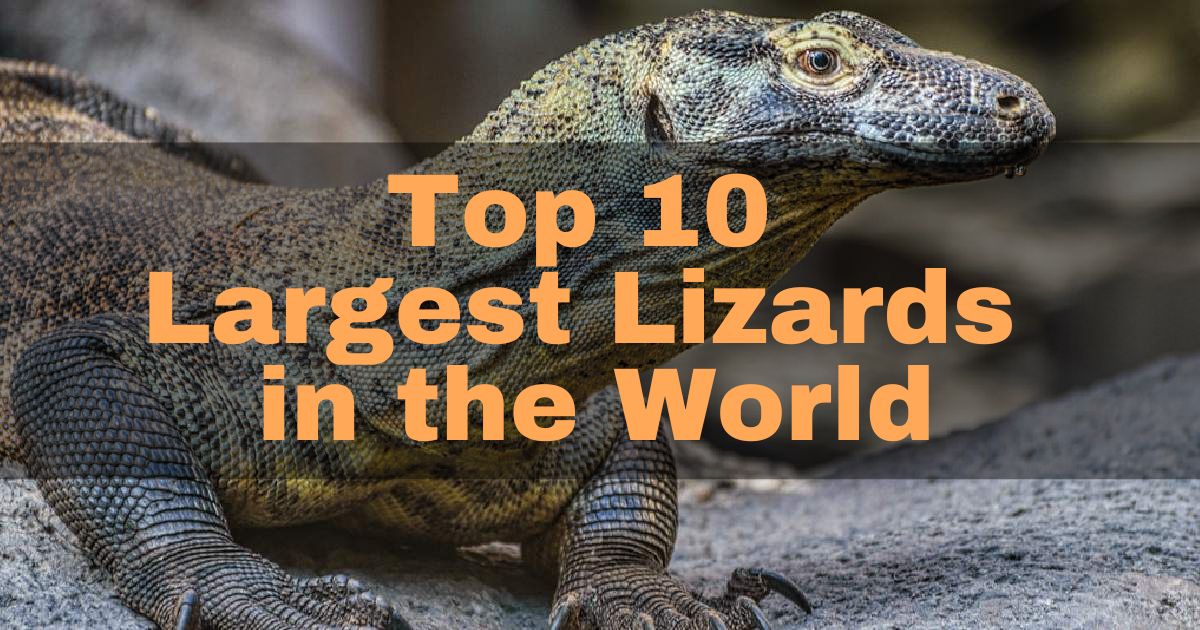Lizards are among the largest and most diverse reptile genera, and they come in many forms and sizes. Their massive stature and distinct survival methods fascinate the world’s largest lizards. This piece describes the ten largest lizards in the world, with varieties’ ecological systems, actions, and significant traits that make them compelling objects for research and protection.
10. Bengal Monitor
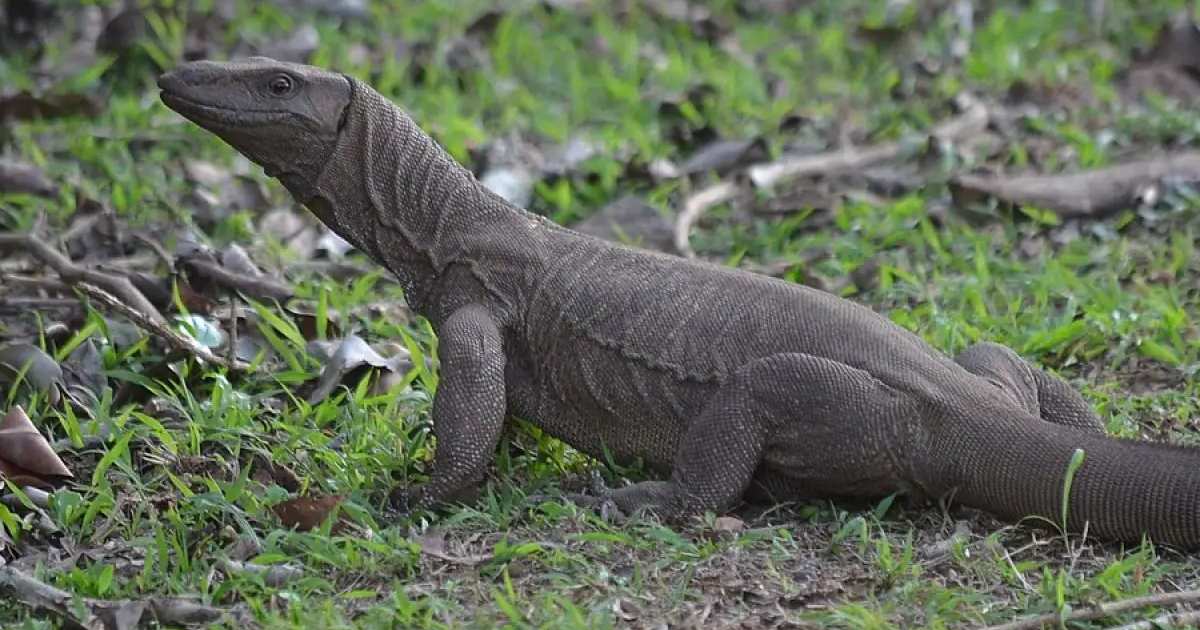
- Weight: Up to 7.2 kg
- Location: Indian subcontinent
- Key Features: Strong limbs, robust tail, opportunistic diet
The Bengal Monitor is a challenging species that dwells across the entire Indian region. It is renowned for being swift and powerful. This reptile can get as big as 175 cm, making it among its region’s largest reptiles that consume various creatures.
Its versatility—it eats everything from turtle eggs to tiny creatures—reveals its versatility as a predator. Besides its physical strength, the Bengal Monitor can adjust to woodlands and human-populated areas. This versatility has enabled it to survive in varied circumstances, but it prefers the natural world’s refuge and avoids humans.
9. Green Iguana
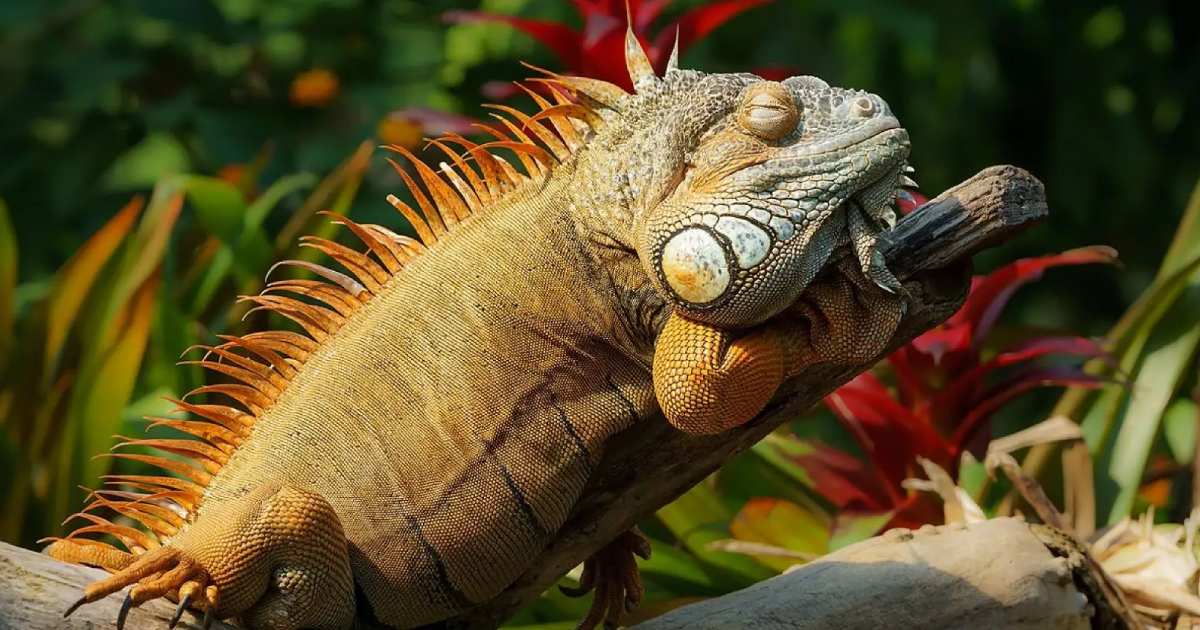
- Weight: Up to 8 kg
- Location: Central and South America
- Key Features: Vibrant green color, long tail, herbivorous
The Green Iguana, with its striking green hue, is perhaps one of the most recognizable lizards. Found in the lush forests of Central and South America. It can reach lengths of up to 2 meters, including its long, whip-like tail.
As opposed to eating meat like its kin, the Green Iguana predominantly eats plants like blossoms, foliage, and grain. Because they often reproduce in pairs, it’s fascinating to see how they fit into the population. These reptiles are adaptable and robust in their natural habitat, demonstrated by the fact that they can swim and live in trees to avoid being eaten.
8. Lace Monitor
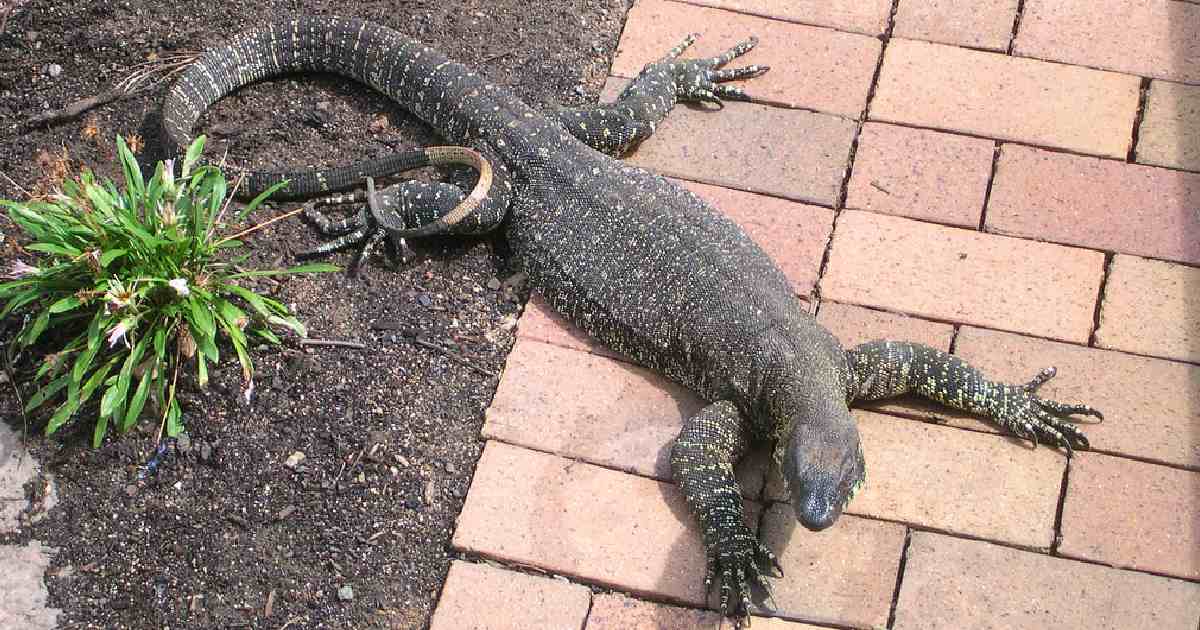
- Weight: Up to 14 kg
- Location: Eastern Australia
- Key Features: Strong limbs Australian species
The Lace Monitor, or Varanus varius, is one of Australia’s largest lizards, reaching lengths of nearly 2 meters. It is a powerful and agile climber, often spotted in both the bushlands and the treetops of Eastern Australia. Its diet is as diverse as its habitat, feeding on carrion, birds, insects, and smaller reptiles.
Equipped with sharp claws and a strong tail, the Lace Monitor can defend itself against predators. It is known to stand its ground when threatened. This lizard plays a crucial role in the balance of its ecosystem, acting as both predator and scavenger.
7. Rock Monitor
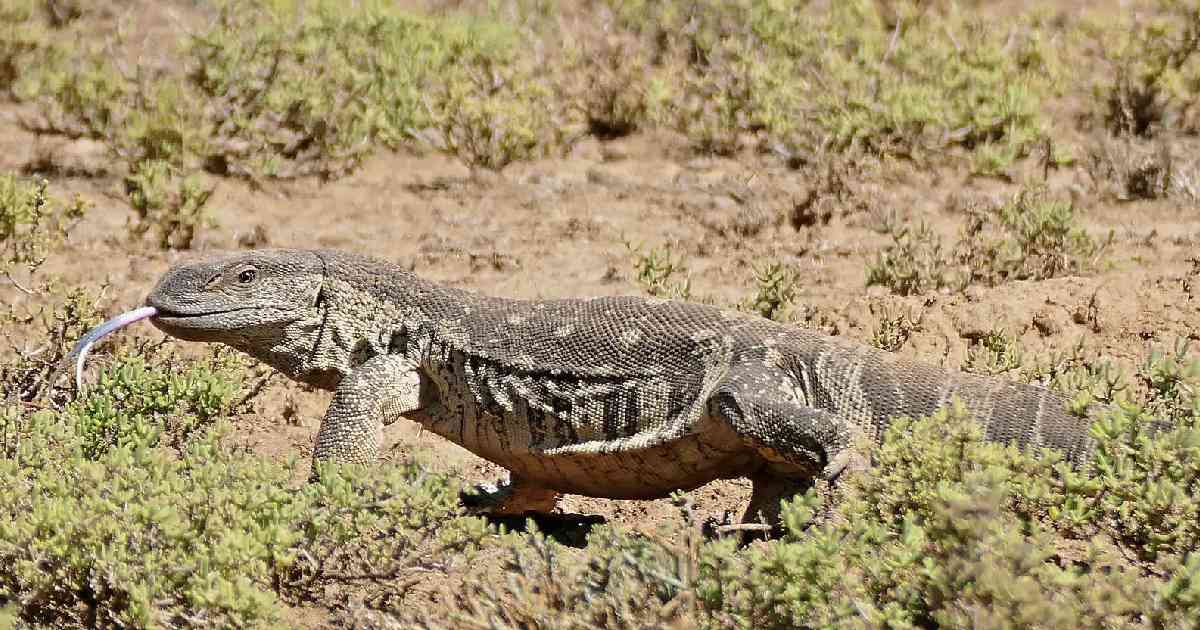
- Weight: Up to 15 kg
- Location: Sub-Saharan Africa
- Key Features: Stout body, powerful claws, adept climber
The Rock Monitor, native to Sub-Saharan Africa, is a formidable presence in rocky terrains and arid savannahs. With an average length of 120 cm, it uses its powerful claws to climb and dig. Either in search of food or to create burrows for shelter.
Its food relies primarily of creatures such as birds, insects, and small mammals, which it chases with its excellent sense of smell. This lizard species is also noted for its toughness and capacity to thrive in difficult settings, including droughts, by feeding on moisture in its prey. The Rock Monitor’s stern look and isolated habit have led to its reputation as among Africa’s oldest reptiles.
6. Giant Tegu
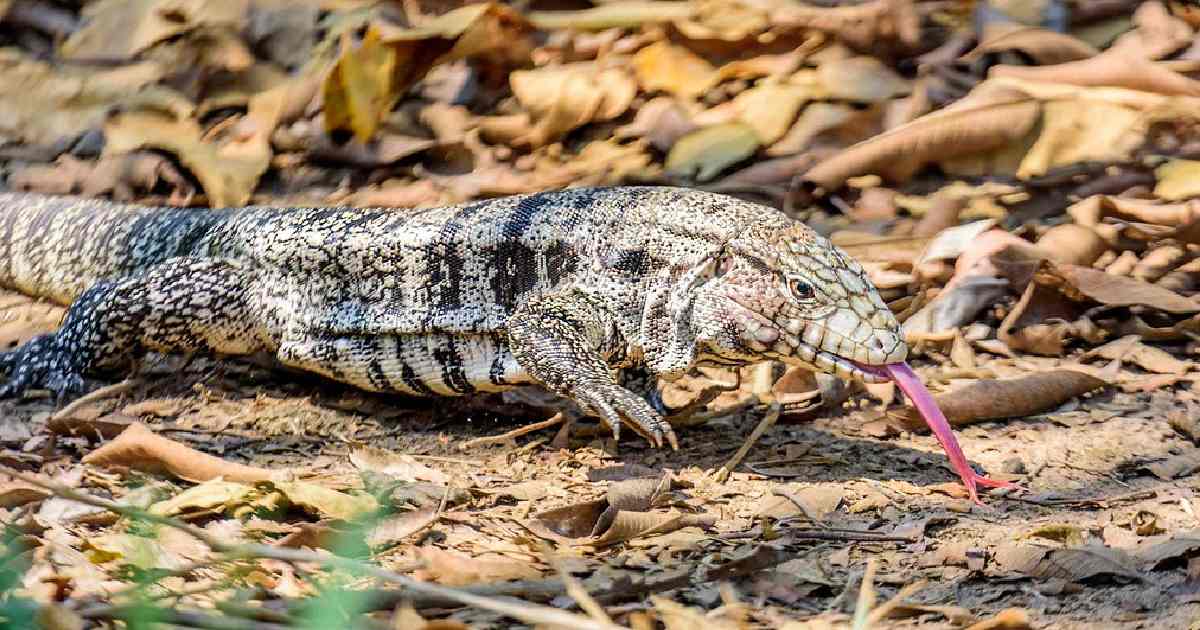
- Weight: Up to 15 kg
- Location: South America
- Key Features: Large lizards, muscular build, intelligent, omnivorous
The Giant Tegu of South America is renowned for its intelligence and size. Often reaching lengths of up to 1.5 meters. This lizard has a muscular build, which it uses to dig and forage through dense underbrush for a varied diet that includes fruits, insects, and small animals.
Tegus are known for their curious and bold nature, often approaching human settlements. Tegus can uniquely regulate their body temperature through physiological adjustments, a rare trait among reptiles. Their interaction with humans has led to a deeper understanding of their behavior, contributing to studies on reptilian intelligence and social structures.
5. Nile Monitor
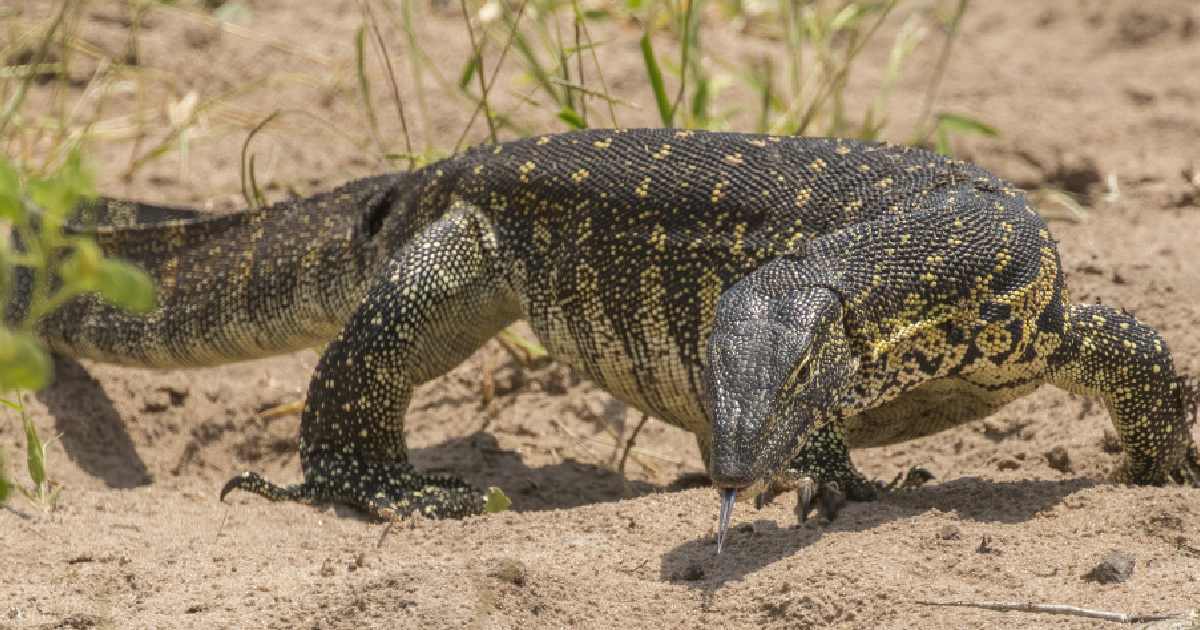
- Weight: Up to 20 kg
- Location: Throughout Africa, primarily along the Nile River
- Key Features: Aquatic abilities, aggressive temperament, carnivorous
The Nile Monitor is a formidable predator found along the banks of the Nile River and across sub-Saharan Africa. It is an excellent swimmer, using its webbed feet and streamlined body. They navigate through water, searching for fish, frogs, and even crocodile eggs.
It is equally adept on land, using its muscular legs and long tail to outrun or outmaneuver prey and predators. Locals appreciate Nile Monitors but sometimes avoid them because of their belligerent ways. Their existence suggests a healthy environment as they help manage microscopic population sizes and serve as markers of the water quality in their native communities.
4. Perentie
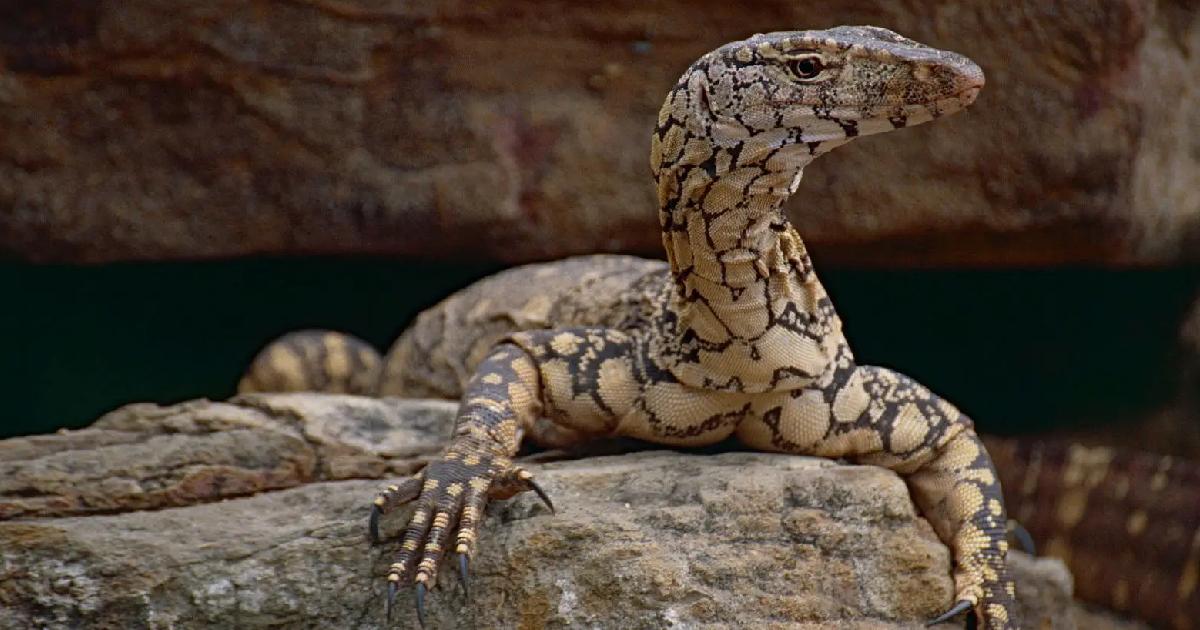
- Weight: Up to 20 kg
- Location: Arid regions of Central and Western Australia
- Key Features: Largest monitor lizard in Australia, swift runner, carnivorous
Perentie, the nation’s largest monitor lizard, grows to 2.5 meters in length. Located all over Central and Western Australia’s grasslands. Apex hunters such as this kind of reptile eat mammals, birds, and other kinds of reptiles.
A mighty hunter’s extensive limbs and tail enable it to move quickly. Perenties are loner wildlife that can be observed lying in daylight or digging cool holes in the dirt. Monitor lizards’ versatility and genetic success show their capacity to survive Australia’s toughest climates.
3. Crocodile Monitor
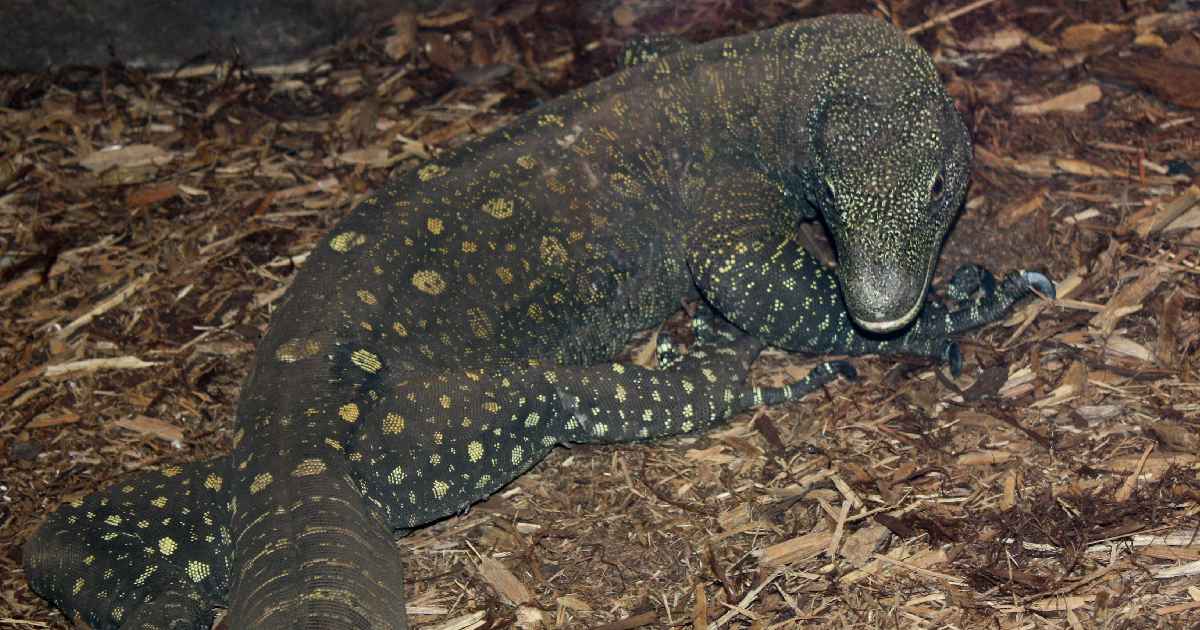
- Weight: Up to 20 kg
- Location: Rainforests of New Guinea
- Key Features: One of the longest lizards, arboreal, sharp teeth and claws
New Guinea’s deep jungles house the Crocodile Monitor. The world’s longest lizard, stretching almost 2.5 meters from snout to the tail. This agile canopy-dwelling predator hunts birds, small animals, and reptiles with strong claws and fangs.
The Crocodile Monitor has a large snout and a strong tail. Its tail is utilized for stability during scaling, ideally suited to its tree-dwelling lifestyle. Despite its menacing appearance and predatory talents, the crocodile monitor lives in the tropical forest and has a mystery life cycle.
2. Asian Water Monitor
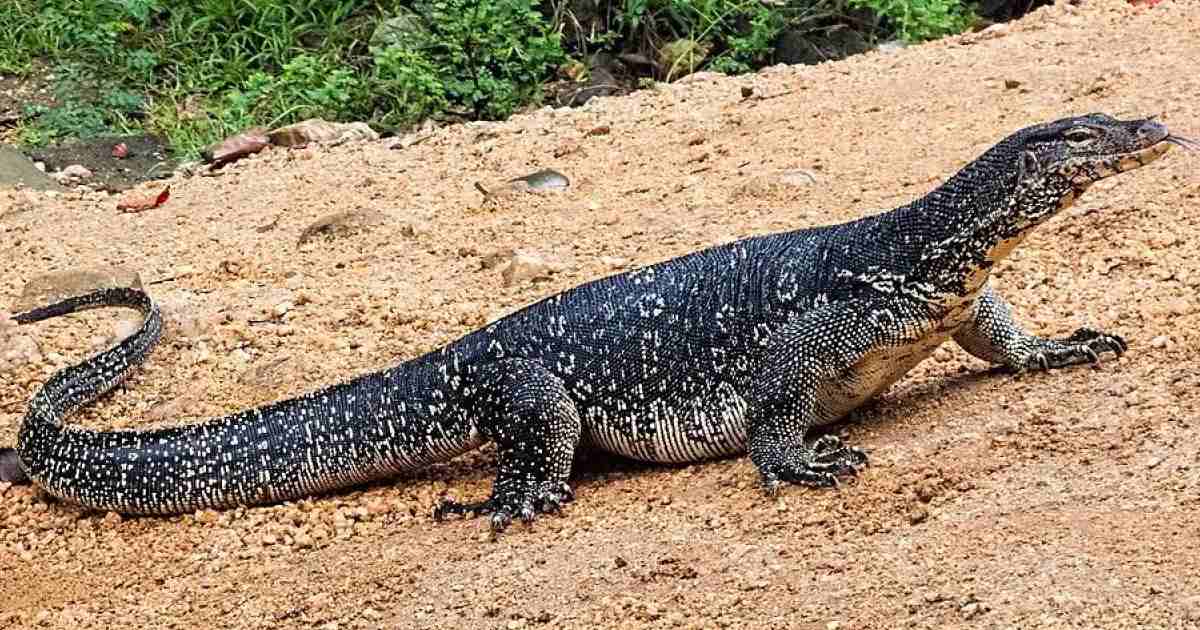
- Weight: Up to 50 kg
- Location: Southeast Asia, including Thailand, Indonesia, and Malaysia
- Key Features: Excellent swimmer, opportunistic feeder, large and robust body
The Asian Water Monitor is one of Asia’s largest and most common monitors. Thriving in both freshwater and marine environments. Its ability to swim long distances makes it an excellent hunter, capable of taking down larger prey such as wild pigs and deer.
This powerful but also opportunistic monitor often scavenges for carrion and interacts with human habitats. Despite its intimidating size, the Asian Water Monitor plays a crucial role in its ecosystem by controlling the population of rodents and other small animals. Its adaptability to various environments, from coastal areas to human-dominated landscapes, underscores its resilience and ecological importance.
1. Komodo Dragon
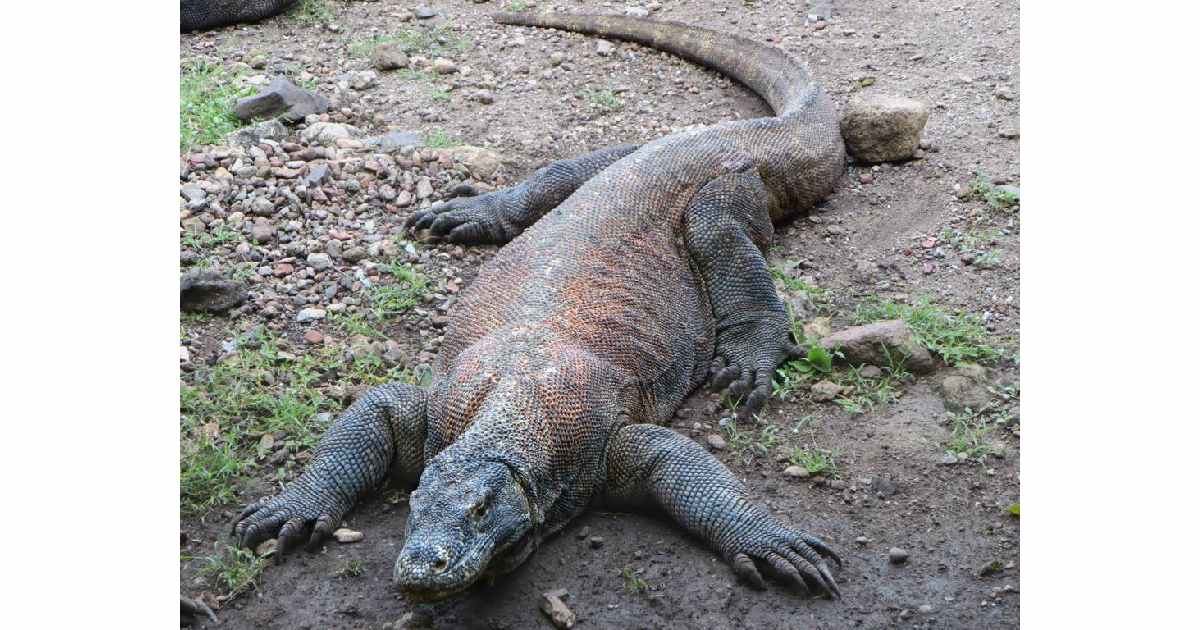
- Weight: Up to 70 kg
- Location: Indonesian islands, including Komodo, Rinca, and Flores
- Key Features: Largest terrestrial lizard, venomous bite, apex predator
Komodo Dragons, the world’s largest lizards, weigh as much as 70 kg and measure as much as three meters. These massive creatures are the most powerful predators, only found in a few Indonesian territories. Vast and venomous enough to incapacitate water buffalo, they dominate their ecosystems.
Komodo Dragons are a focal point for conservation efforts due to their limited range and the ecological pressures on their natural habitats. Their unique physiological traits, including their notorious hunting strategy and remarkable endurance. This makes them not only a subject of intense scientific interest but also a major draw for ecotourism in Indonesia.
Conclusion
The largest lizards in the world are diverse and outstanding, from New Guinea’s trees to Australia’s deserts. Unique characteristics help reptile giants live in their environments. These lizards manage pests and attract visitors, highlighting the value of reptile diversification on Earth. Discover more in the Dragons in the Dust, published by Ralph Molnar in Indiana University Press.
Frequently Asked Questions (FAQs)
What lizard is bigger than an iguana?
The Komodo Dragon, Nile Monitor, and Asian Water Monitor are significantly larger than the Green Iguana. The Komodo Dragon is the largest, capable of reaching lengths up to 3 meters and weighing around 70 kg.
What is the second-longest lizard in the world?
The Crocodile Monitor is often considered the second-longest lizard in the world. Found in the rainforests of New Guinea, it can reach lengths of over 2.5 meters, thanks primarily to its elongated body and tail.
Which country has the largest lizard?
Indonesia is home to the largest lizard in the world, the Komodo Dragon. These impressive creatures are native to a few Indonesian islands, such as Komodo, Rinca, and Flores.
What is the biggest pet lizard?
The Asian Water Monitor is one of the biggest lizards that can be kept as pets. It can grow up to 2.5 meters in length and weigh up to 50 kg, but it requires substantial space and care to thrive in a domestic setting.
Is Komodo dragon poisonous?
Yes, the Komodo Dragon has venomous glands that produce a toxin that can cause shock and blood loss in its prey, leading to death. This makes their bites extremely dangerous not only due to the physical damage but also due to the venom’s effects.

